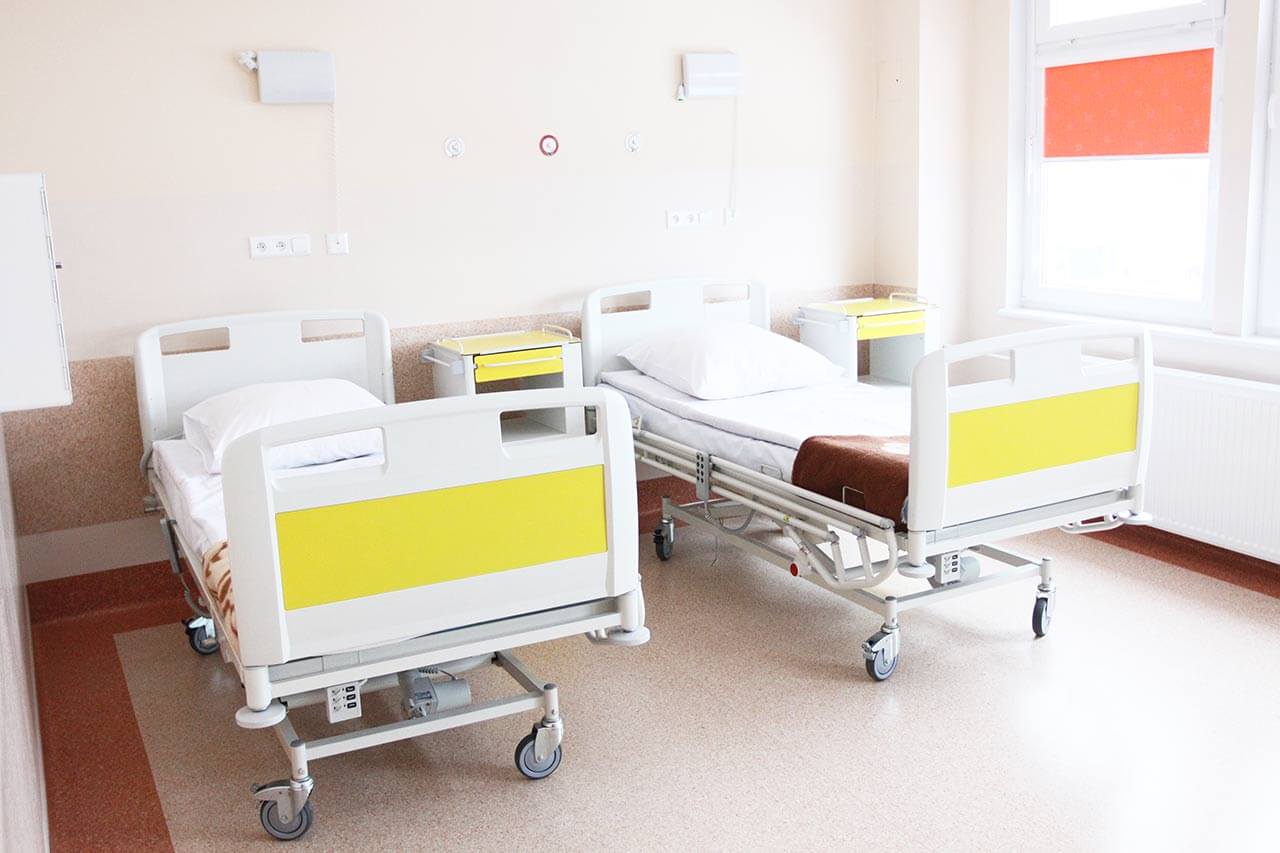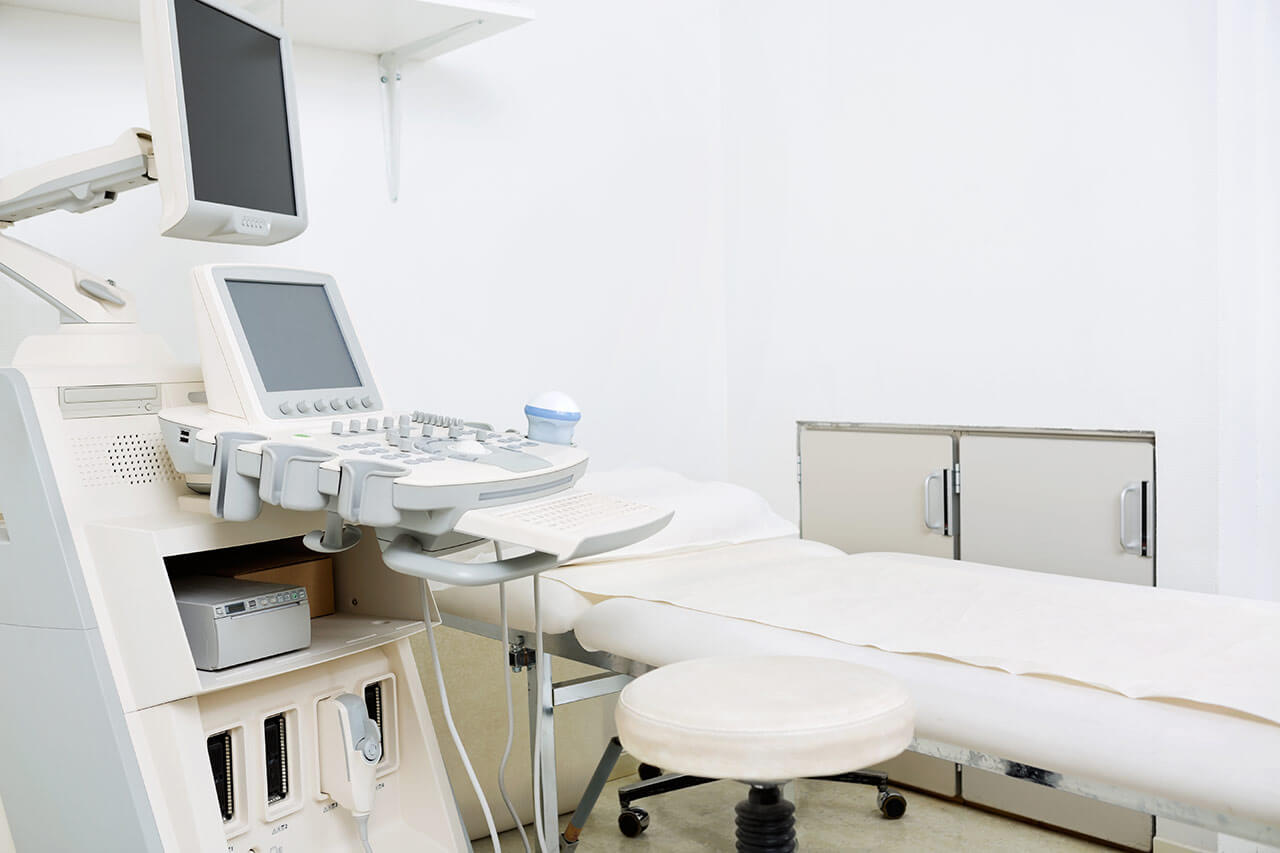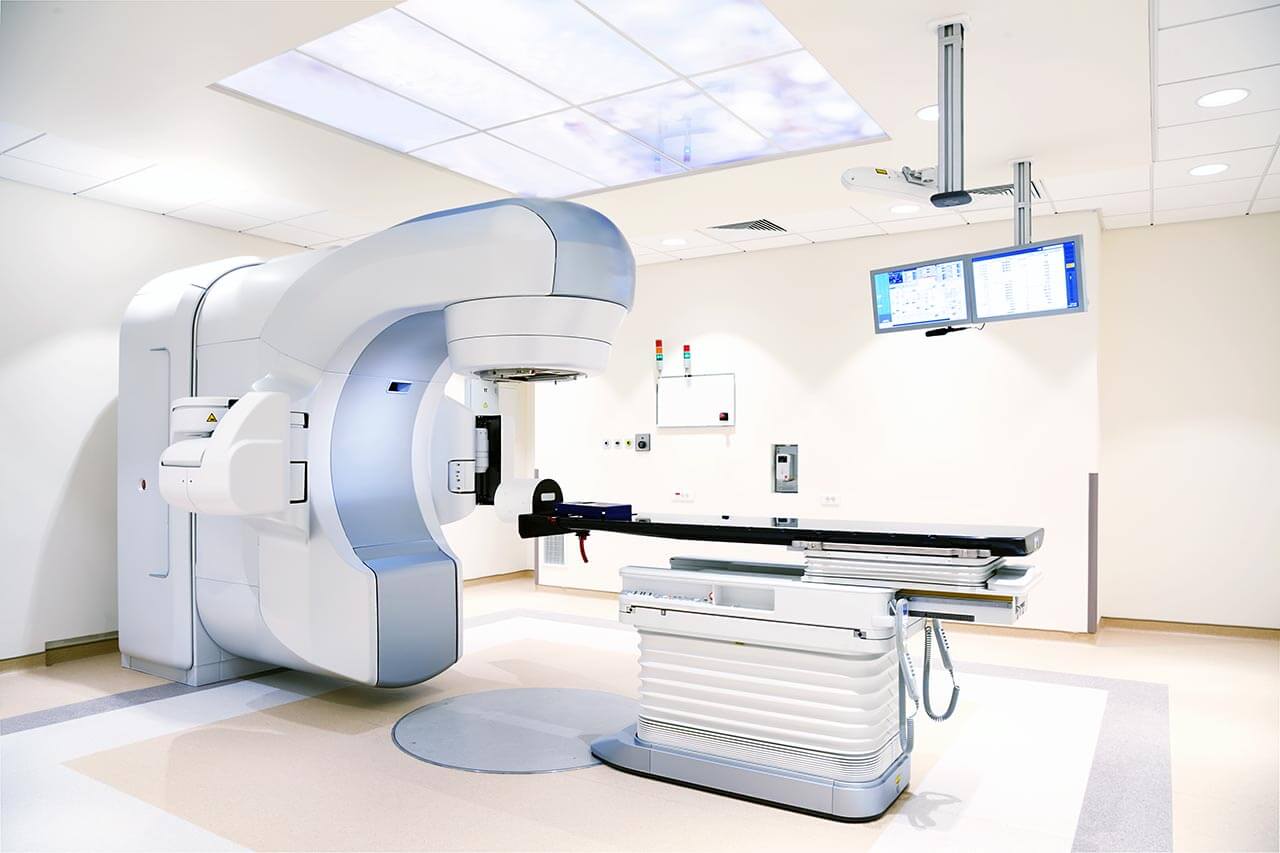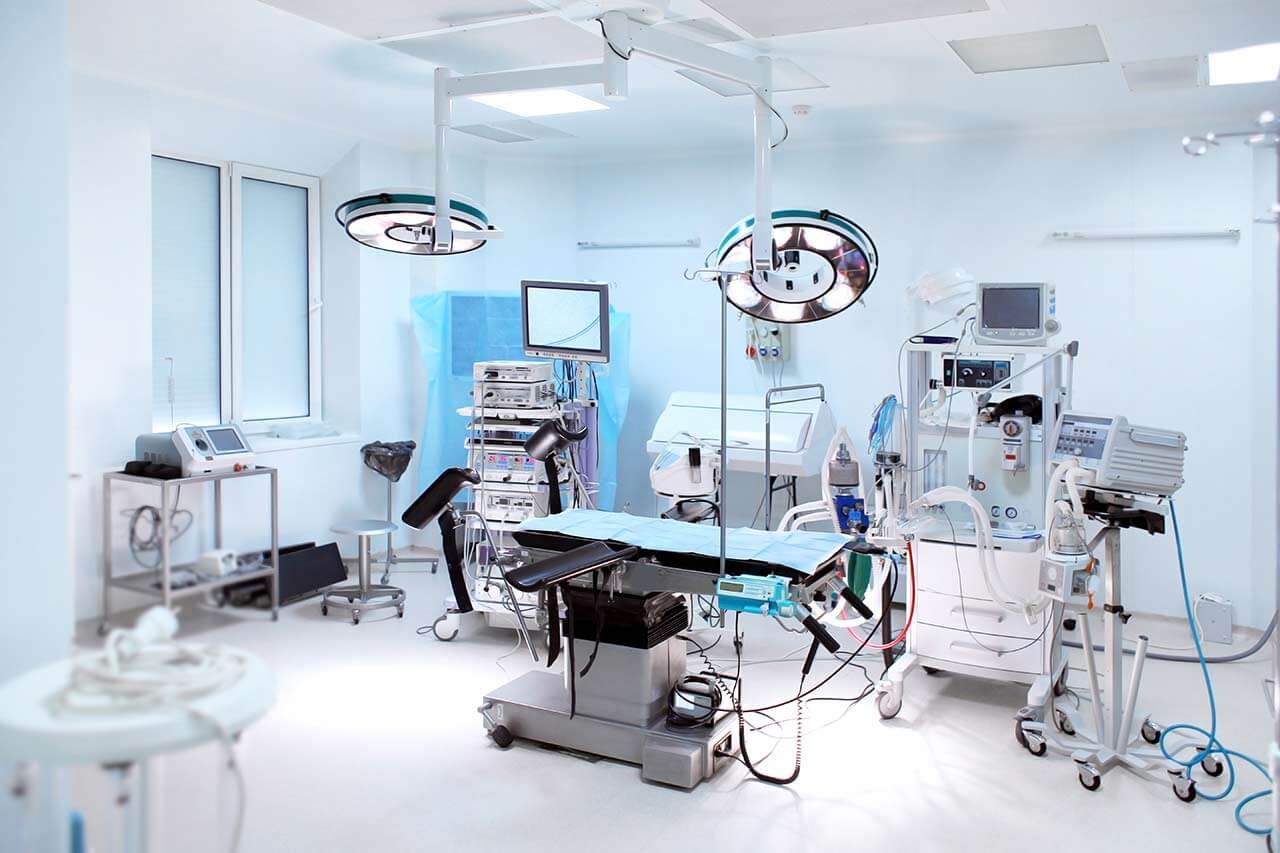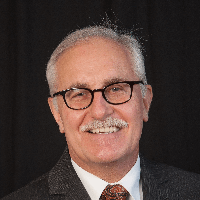
The program includes:
- Initial presentation in the clinic
- clinical history taking
- physical examination
- review of medical records
- laboratory tests:
- complete blood count
- general urine analysis
- biochemical analysis of blood
- indicators of inflammation (CRP, ESR)
- indicators of blood coagulation
- X-ray examination of the hip
- MRI scan of the hip
- preoperative care
- hip replacement (hip endoprosthesis)
- symptomatic treatment
- control examinations
- physiotherapeutic procedures
- orthopedic appliances
- the cost of essential medicines and materials
- nursing services
- full hospital accommodation
- explanation of future recommendations
How program is carried out
Preliminary preparation for hip replacement includes quitting smoking and drinking alcohol; cancelling non-steroidal anti-inflammatory drugs (diclofenac, ibuprofen); cancelling anticoagulants (warfarin); normalization of body mass, if possible.
Preoperative examination, including consultation with an anesthesiologist and necessary related specialists, takes 1-2 days. According to its results, the most suitable endoprosthesis is selected.
Hip replacement. The operation is performed under general anesthesia. The patient lies on his side, the affected leg is bent and fixed in this position. The surgeon makes an incision 15-20 cm long, minimally traumatizing the muscles and nerve endings. Through this incision, miniature instruments are inserted to remove the damaged joint structures. Healthy bone is adjusted for further reliable implant fixation.
The surgeon installs a femoral stem in the center of the upper part of the femur. Ball-shaped head of the joint is fixed on it. The surgeon also implants a special liner that facilitates movement of the leg and protects the structures of the prosthesis. After the primary fixation of the prosthesis components, the doctor assesses the joint range of motion, as well as the length and symmetry of the lower limb.
The implant is fixed with cement or cementless method. The doctor treats the operating field with antiseptics, conducts its final revision and sutures the wound layer by layer. A temporary drainage is installed in the joint, and a bandage is applied on top.
Postoperative care. During the first day after the intervention the patient stays in the intensive care unit, under round-the-clock medical supervision. After that, with a smooth course of the postoperative period, the patient is transferred to a regular ward and the drains are removed. The range of motion expands gradually, from light toes movements to walking. Walking with the use of walking aids is allowed in 3-5 days after the operation.
Required documents
- X-ray examination of the hip joints
- MRI scan of the hip joints, if available
Service
You may also book:
 BookingHealth Price from:
BookingHealth Price from:
About the department
According to the Focus magazine, the Department of Adult and Pediatric Orthopedics at the University Hospital Duesseldorf ranks among the top German departments specializing in joint replacement surgery!
The department offers the full range of diagnostics and treatment of various diseases, injuries of the musculoskeletal system, and their consequences. Also, the department's doctors specialize in sports orthopedics and treatment of orthopedic diseases in children of all age groups. The department is headed by Prof. Dr. med. Rüdiger Krauspe.
For the most accurate diagnostics, the department uses sonography, computerized and digital radiography, computerized movement and gait analysis. In addition, it offers interventional radiological techniques, as well as tomographic technologies. After the surgical treatment, the patients often require professional rehabilitation, which is provided by specially trained experts in this field.
The doctors have in their arsenal many conservative and surgical treatment methods. Many complex operations are performed using a highly accurate computerized system. All operating rooms are equipped with modern air conditioning systems, which provide protection against infectious complications. In the field of surgical treatment, the key focuses of the department are the correction of functional defects and degenerative spinal diseases, osteotomy for the treatment of joint diseases, as well as partial or total joint replacement, treatment of oncopathology of the musculoskeletal system, etc. The department's doctors have outstanding experience in the treatment of congenital and acquired orthopedic pathologies in children and adolescents. About 2,000 outpatient and 500 inpatient young patients are treated here annually.
The service range of the department includes:
- Diagnostics and treatment of congenital and acquired diseases of the musculoskeletal system in children and adolescents
- Hip joint diseases (for example, hip dysplasia, hip dislocation, Perthes disease, epiphysiolysis)
- Foot deformities (including clubfoot, flat feet)
- Axial abnormalities (for example, O-shaped and X-shaped leg deformities)
- Neuro-orthopedic diseases, particularly in children with cerebral palsy, spina bifida and arthrogryposis
- Spinal deformities
- Tumors of the musculoskeletal system
- Diagnostics and treatment of spinal diseases, including revision interventions on the spine
- Degenerative changes in the intervertebral discs
- Spinal disc herniation (lumbago, sciatic pain)
- Kyphosis
- Scoliosis
- Spinal stenosis
- Spondylodiscitis
- Spinal tumors, tumors of other localization with spinal lesion and bone metastases
- Fractures of the processes and vertebral bodies
- Diagnostics and treatment of hip joint diseases
- Osteonecrosis and bone marrow edema
- Damages of the articular lip of the hip joint
- Hip tumors
- Hip degenerative changes
- Diagnostics and treatment of the knee joint diseases
- Cartilage damage
- Chondrocyte transplantation
- Cartilage bone transplantation
- Meniscus injuries
- Damages of the ligaments, including the cruciate ones
- Complicated forms of joint instability
- Revision interventions
- Patellar tendonitis
- Diagnostics and treatment of benign tumors of the musculoskeletal system
- Osteoma
- Osteoid osteoma
- Osteochondroma (cartilaginous exostoses, including familial exostosis)
- Enchondroma
- Chondroblastoma
- Nonossifying fibroma
- Fibrous dysplasia
- Osteoclastoma (giant cell tumor)
- Bone tissue hemangioma
- Diagnostics and treatment of malignant tumors of the musculoskeletal system
- Osteosarcoma
- Chondrosarcoma
- Ewing's sarcoma
- Multiple myeloma / plasmacytoma
- Diagnostics and treatment of soft tissue tumors and tumor-like lesions
- Diagnostics and treatment of osteoporosis
- Diagnostics and treatment of shoulder diseases
- Rotator cuff tear
- Impingement syndrome
- Frozen shoulder syndrome
- Shoulder instability
- Calcific tendonitis
- Biceps tendinitis
- Shoulder arthrosis
- Diagnostics and treatment of diseases of the ankle and foot
- Joint replacement surgery
- Arthroscopic interventions
- Diagnostics and treatment of other diseases, other treatment methods
Curriculum vitae
Since 1999, Professor Rüdiger Krauspe is the Head of the Department of Adult and Pediatric Orthopedics at the University Hospital Duesseldorf, and in 2015 he was appointed as the President of the German Society of Orthopedics and Orthopaedic Surgery (DGOOC) and the Deputy President of the German Society for Orthopedics and Trauma (DGOU).
Since 1972 till 1980, Dr. Rüdiger Krauspe studied chemistry and medicine at the Christian Albrecht University of Kiel, where in 1983 he defended his doctoral thesis. Since 1980 till 1987, he held the position of the Assistant Physician at the Institute of Pathology at the Katharinen Hospital in Stuttgart, Department of Surgery at the Feuerbach Hospital, at the Bürgerhospitals Stuttgart, and in the Department of Orthopedics at the Olga Hospital in Stuttgart. In 1987, he received the title of the Medical Specialist in Orthopedics. Since 1987, he has been a Senior Physician, and since 1989, he has been a Leading Senior Physician in the Department of Orthopedics at the Academic Hospital König-Ludwig-Haus at the University of Würzburg. In 1993, the doctor was habilitated and received an offer to hold the position of C3 Professor in Neuro-Orthopedics and Pediatric Orthopedics at the University of Würzburg. In 1995, Prof. Krauspe had additional training in Special Orthopedic Surgery. Since 1991, he is also a Medical Specialist in Sports Medicine, and in 2007 he received specialization in Orthopedics and Traumatology with additional qualification in Special Orthopedic Surgery and Pediatric Orthopedics.
The main research focuses of Prof. Krauspe include joint innervation, cell therapy in cartilage pathology and bone defects, tissue engineering, gait and movement analysis with an emphasis on systemic neuromuscular dysfunction, navigation surgery, functional disorders and spinal deformities, as well as sensitive to biochemical changes MRI diagnostics of in vivo and in vitro cartilage degeneration.
Memberships in Professional Societies
- German Society for Orthopedics and Orthopedic Surgery (DGOOC).
- German Society for Orthopedics and Trauma (DGOU)
- German Society of Pediatric Orthopedics (VKO)
- German Orthopedic Foot and Ankle Society (DAF).
- AOSpine Deutschland
- Professional Association of Orthopedists and Trauma Surgeons (BVOU).
- German Association of Senior Orthopedists and Trauma Surgeons (VLOU).
- Association of Southern German Orthopedics and Trauma Surgeons (VSOU).
- Academy of Regional Physicians of the German Medical Association.
- European Pediatric Orthopedic Society (EPOS)
- European Foot and Ankle Society (EFAS).
- International Pediatric Orthopedic Think Tank (IPOTT).
Awards and Honors
- 1994 Award of the German, Swiss and Austrian Society.
- 1995 Poster Award of the European Orthopedic Research Society.
- 1996 Scientific Award of the Paediatric Orthopedic Society.
- 1997 Heinrich Heine Prize (DGOT).
- 2009 Scientific Prize of the Pediatric Orthopedic Society.
- 2011 Scientific Prize of the Pediatric Orthopedic Society.
Photo of the doctor: (c) Universitätsklinikum Düsseldorf
About hospital
According to the authoritative Focus magazine, the University Hospital Duesseldorf ranks among the top Germany hospitals!
The hospital is an excellent example of a combination of high-quality health care, research and teaching activities. With more than 50,000 inpatients and about 300,000 outpatients every year, the hospital is one of the largest and most prestigious medical institutions in Germany and Europe.
Modern, safe and sparing diagnostic and therapeutic methods guarantee effective treatment of various diseases and their consequences. All therapeutic processes are based on an interdisciplinary approach, which provides comprehensive medical care and optimal treatment result. Obviously, one of the key roles in the successful clinical practice of the medical institution is played by a highly qualified medical personnel, which consists of the best world-class doctors. The hospital also has a special advantage due to the structured equipment with the innovative medical technologies.
The hospital presents almost all fields of modern medicine. Special attention should be given to such focuses as oncology and hematology, stem cell transplantation, neurosurgery and neurology, urology, obstetrics and gynecology, hepatology, kidney transplantation, vascular surgery, cardiac surgery, pediatric surgery, pediatric oncology, etc.
In addition to the outstanding quality of medical services, the hospital guarantees each patient an attentive care, friendly atmosphere, as well as sensitive and respectful attitude.
Photo: (с) depositphotos
Accommodation in hospital
Patients rooms
The patients of the University Hospital Duesseldorf live in comfortable single, double and triple rooms. The patient rooms are made in bright colors and modern design. The room furnishing includes an automatically adjustable bed, a bedside table, a wardrobe, a telephone, a multimedia device (TV, radio, Internet access), a table and chairs for receiving visitors. To use the phone and multimedia device, the patient should have a special chip card, which can be purchased at the reception. In the pediatric departments multimedia device can be used for free.
Meals and Menus
The patients of the hospital are offered a varied, tasty and healthy diet. Every day there are three menus to choose from for adults and four menus to choose from for children, while it is possible to develop an individual menu. When pre-ordering, the international patients may have dishes of various cuisines of the world, for example, Asian and African cuisine. If a patient needs a diet in accordance with the clinical indications, he will be provided with a special diet menu, including drinks.
Every day, the nurses inform the kitchen workers about the patient wishes using an electronic data processing system. Immediately before serving food, there are printed special cards, which indicate for which patient this or that dish is intended.
Also, the hospital houses a cafeteria with a rich selection of delicious, healthy dishes, snacks and drinks.
Further details
Standard rooms include:
Religion
Christian priests are available for the patients at any time. Representatives of other religions may be requested at any time.
Accompanying person
Your companion may stay with you in your room or at a hotel of your choice during the fixed program.
Hotel
You may stay at the hotel during the outpatient program. Our employees will support you for selecting the best option.
The hospital offers a full range of laboratory tests (general, hormonal, tests for infections, antibodies, tumor markers, etc.), genetic tests, various modifications of ultrasound scans, CT scans, MRI and PET / CT, angiography, myelography, biopsy and other examinations. Treatment with medications, endoscopic and robotic operations, stereotaxic interventions is carried out here, modern types of radiation therapy are also used. The hospital offers patients all the necessary therapeutic techniques.
- Dermatosurgery
- Skull base surgery
- Gastric bypass and bandage
- Removal of lung metastases
- Interventions on the spine
These are skin cancer (including melanoma), head and neck tumors, pathological changes in the chest (including funnel chest), obesity, liver diseases, HIV and other infectious diseases, varicose veins, aortic aneurysm, carotid artery stenosis, joint diseases and other pathologies.
- Dermatology
- Oncology
- Otorhinolaryngology
- Endocrinology and diabetology
- Orthopedics and traumatology
Over 800 highly qualified physicians work at the hospital.
